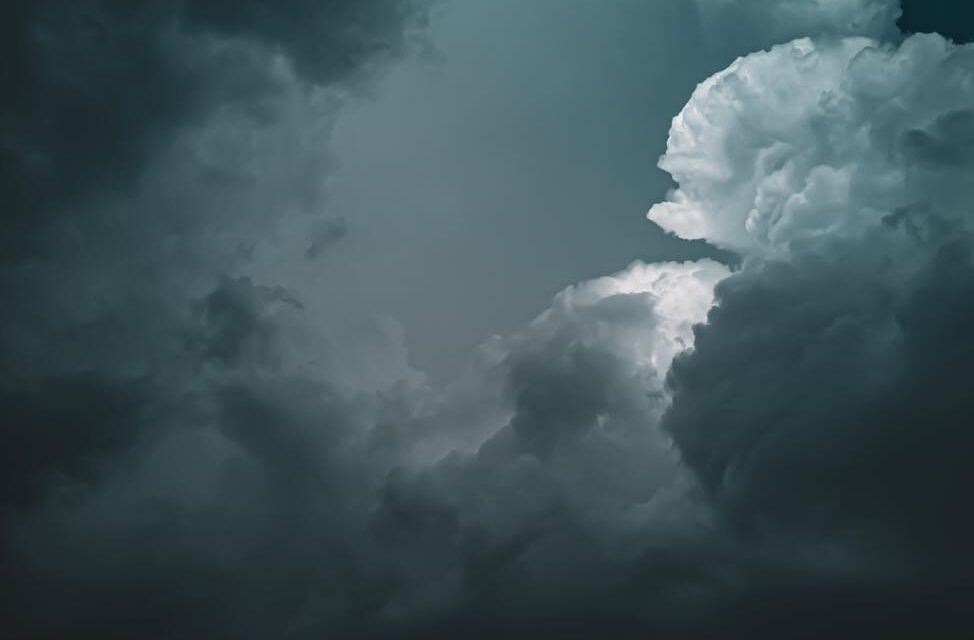Where are the original Mushafs (Copies of the Quraan) Now?
The Madeenan Mus-haf was kept in the Prophet’s Mosque. A reference to it appears in contemporary accounts of a fire in the Mosque in 654 AH which caused extensive damage. The mus-haf was, however, saved. Some reports suggest that it was transferred to Istanbul by the Turks during World War I, but it is now lost.
The Syrian mus–haf was kept in the Jaami‘ Masjid in Damascus. Ibn Katheer (d. 774 AH) mentioned seeing it, as did Ibn Batootah (d. 779 AH) and Ibn Jazaree (d. 833 CE/1430 AH). It was kept locked up, but was brought out for public viewing after Jumu‘ah prayers. A fire in 1892 CE/1310 AH destroyed the masjid, and the mus–haf perished with it. A handwritten copy of it made shortly before its destruction was also transferred to Istanbul during WWI.
Buying through these links will help us to grow the magazine.
An early manuscript on gazelle parchment exists in Dar al-Kutub as- Sultaaneeyah in Egypt. It is written in Kufic script without dots or vowel markings. It had been previously kept in the oldest mosque in Cairo, Masjid ‘Amr Ibn al-‘Aas. It was brought there in 347 AH by a man from ‘Iraaq, who claimed it was the mus–haf that ‘Uthmaan was reading when he was killed. This information was reported by the historian al-Maqrizee, writing in 378 AH. There was scepticism about the claim even at that time. There are bloodstains on some of the pages, but many ancient Qur’aanic manuscripts had blood applied to them to support the claim that they were the mus-haf of ‘Uthmaan.
There is a manuscript in Tashkent that seems to be the best candidate for the claim to be one of the copies com-missioned by ‘Uthmaan. It was purchased during the late Middle Ages by a Muslim ruler in Central Asia, but eventually fell into the hands of the Russians when they conquered the country. They took it to St. Petersburg, but after the Bolshevik revolution, in 1923, it was returned to Samarqand. In the 1940s it was transferred to Tashkent, which is where it is today. Soviet authorities allowed Muslim scholars to photograph that manu- script. Hyderabad House in Philadelphia published a copy of it, side by side with the modern Arabic text with the added dots and vowel markings.
The same principles of analysis that were applied to Bible manuscripts by Bible scholars, and which exposed its many flaws and changes, have been applied to Qur’aanic manuscripts gathered from around the world. Ancient manuscripts from all periods of Islaamic history found in the Library of Congress in Washington, the Chester Beatty Museum in Dublin, Ireland and at the London Museum have been compared with those in museums in Tashkent, Turkey and Egypt. The result of all such studies confirm that there has not been any change in the text from its original writing.
For example, the “Institute fur Koranforschung” of the University of Munich, Germany, collected and collated over 42,000 complete or incomplete copies of the Qur’aan. After some fifty years of study, they reported that in terms of differences between the various copies, there were no variants, except occasional mistakes of copyists, which could easily be ascertained. The institute was destroyed by American bombs during the Second World War.91







Recent Comments